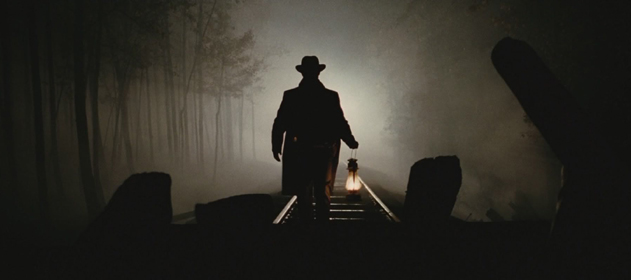
Imagine a world where great films shine and bad ones get swept under the rug, where art is recognized for its strengths, and where credit is given where it is due.
This is a very pleasant concept, but unfortunately it’s not always the case in the film industry. The box office can be a very tricky animal to deal with, and when not handled properly, even the greatest of films can fail. Sometimes negative reviews can turn away an audience.
Other times, the studio may mismanage a film or its publicity. There’s also the chance of bad timing, whether it be due to an oversaturation of blockbusters on the market, or to a shift in viewer desires at the time. Luckily for us, however, the truly great films manage to succeed after their time in theaters. They stand the test of time, and are able to entertain several generations throughout the years.
The following list takes a look at some of the films that have fallen prey to such circumstances, as well as what caused them to fall through the cracks. Perhaps buy studying the story of these films, we can learn how to avoid such missteps, and to all of you future studio executives out there, take notes, because you might end up in one of these positions one day.
10. Fight Club (1999)
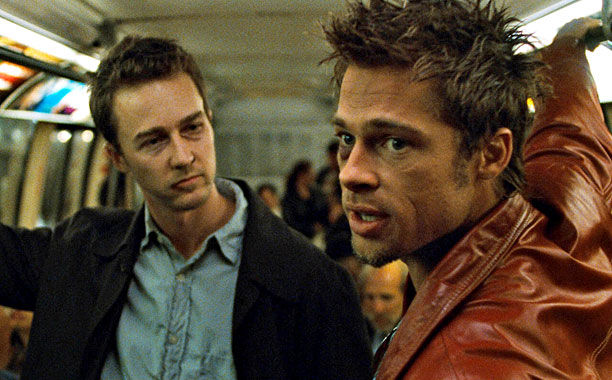
In order to make an omelette, you gotta break a few eggs, or in the case of discussing this film, break a couple of rules (the first two rules to be exact). Fight Club is widely considered to be one of David Fincher’s greatest achievements as a director, and with good reason.
The film takes the viewer down an oddly satisfying path of violence, chaos, and nihilism that leaves them questioning many aspects of their own lives. Edward Norton’s jaded, insomnia-ridden narrator is the perfect conduit through which the viewer can experience this bleak outlook on the world, and the performances of Brad Pitt and Helena Bonham-Carter provide an equally satisfying counterweight to Norton’s blasé attitude towards his surroundings.
Fincher adds to the contrast between the characters through use of a heavily desaturated color palette for the majority of the film, while making sure to include vibrant colors during particular scenes. Everything about this film helps the story build up to its explosive twist of an ending, and is guaranteed to spark a desire to watch it again and again.
Despite the film’s strengths, the studio executives didn’t have faith that Fight Club would find an audience. They dumped $20 million into a marketing campaign that included advertisements during WWE broadcasts and trailers that focused on the fight scenes. Fincher believed that this would give audiences the wrong impression of the film.
In the end, he was proven right. The film only made $37 million during its theatrical run in the United States, only a bit over half of the films budget.
9. The Shawshank Redemption (1994)
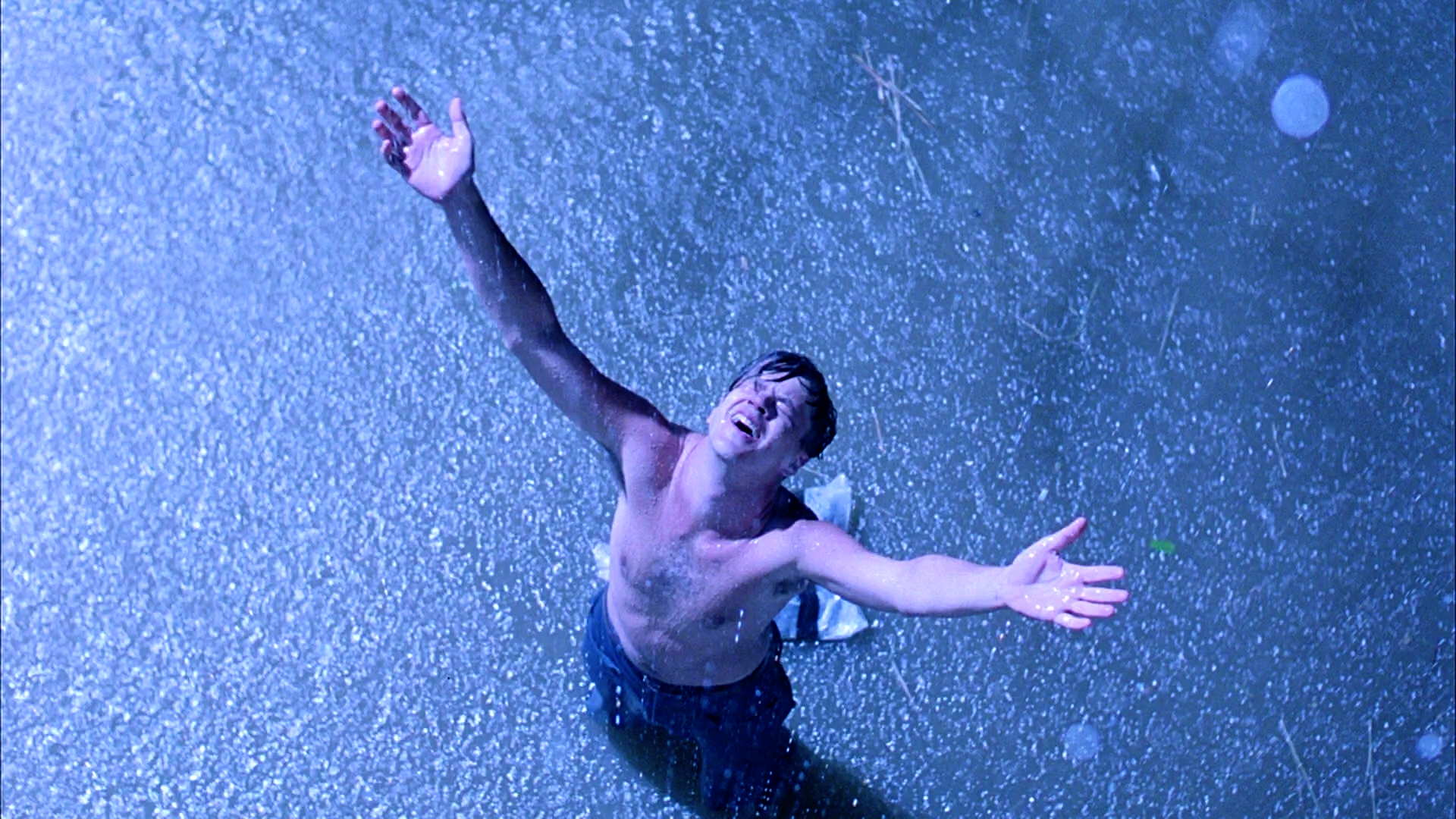
At first glance, it doesn’t seem like there is any reason for Frank Darabont’s iconic prison drama to fail at the box office. It’s masterfully shot, beautifully written, and accompanied by a score that Hans Zimmer claimed “has influenced everything the most”. It tells a tale of hope in the face of an inescapable situation, and tells it well.
Tim Robbins’ portrayal of the wrongly convicted Andy Dufresne is second to none, and is accompanied by the talented Morgan Freeman in the role of Red, a fellow inmate at Shawshank. Their performances complement each other in such a way that it makes their on-screen friendship incredibly believable, and causes the viewer to become deeply invested in their story.
It was nominated for seven awards at the Oscars. It didn’t manage to win any of the awards, but the fact that it was nominated for so many is a testament to its strengths, both as a film and as a story.
There are a couple of different factors that led to the failure of Shawshank. As with the previous entry on this list, the studio was having a difficult time determining how to market the film. The trailer gave a vague description of the story’s overall theme, and the posters left quite a bit to be desired as well.
1994 was also a very strong year for film, including releases such as The Lion King, Forrest Gump, and Speed. Shawshank was released on the same day as Quentin Tarantino’s masterpiece Pulp Fiction, a film that had been riding a wave of fantastic publicity since its debut at Cannes earlier that year.
When comparing the meager publicity limited release of Shawshank to such a powerhouse, its failure to bring in more than $16 million during its original run begins to make a lot of sense.
8. The Wizard of Oz (1939)
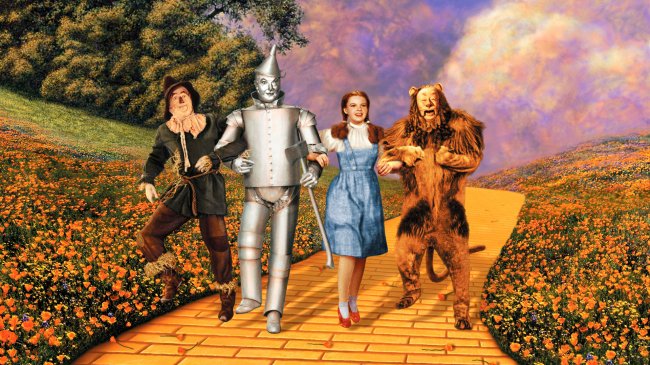
There aren’t many people that can say that they aren’t at least acquainted with The Wizard of Oz. The vibrant sets and memorable songs have cemented the film as a staple of family cinema for several generations.
Judy Garland brings the magic as Dorothy, a young woman swept away to the mystical realm of Oz. She is accompanied by a talented troupe of supporting actors, and together they manage to transport the viewers into their world, and invite them to join the characters on their quest to see the wizard.
The score earned the film two Academy Awards, and has been highly regarded as one of the greatest to ever accompany a film. The Wizard of Oz was nominated for several other Oscars as well, and Judy Garland was awarded a special Juvenile Academy Award for her performance.
The Wizard of Oz endured several hardships during production. The script was rewritten several times by multiple writers, and five different directors had sat in the director’s chair by the end of production. Several cast members also obtained serious injuries throughout their time on set.
The film endured, but even after all of the work and struggle that went into making it, The Wizard of Oz failed to attract a large audience, resulting in a $1.1 million loss for the studio.
7. The Assassination of Jesse James by the Coward Robert Ford (2007)

The Western genre has given us many fantastic films through the years, and Andrew Dominik’s look at the last days of the famous outlaw Jesse James is no exception. The performances of Brad Pitt and Casey Affleck (who play James and Ford, respectively), have been called some of the best of their careers.
The tension between the two is palpable, and their final confrontation is incredibly satisfying. Roger Deakins also really outdid himself with the camerawork in this film. His recreation of the visuals of an old time camera is quite brilliant, and his lighting techniques during the train robbery help to create a very foreboding atmosphere that make it one of the more memorable scenes in recent years.
When Warner Bros. took a look at the finished product, they weren’t pleased. They were anticipating an action packed blockbuster of a Western, and instead they got a long, slow film chronicling the last days of a legendary figure. They ended up shoving the film under the rug through minimal promotion and a very limited release (it was only released in 301 theaters domestically).
It was well-received by critics, and even managed to grab a couple of Oscar nominations. Due to the studio’s disappointment in the film, however, The Assassination of Jesse James only managed $3.9 million during its domestic release.
6. The Big Lebowski (1998)
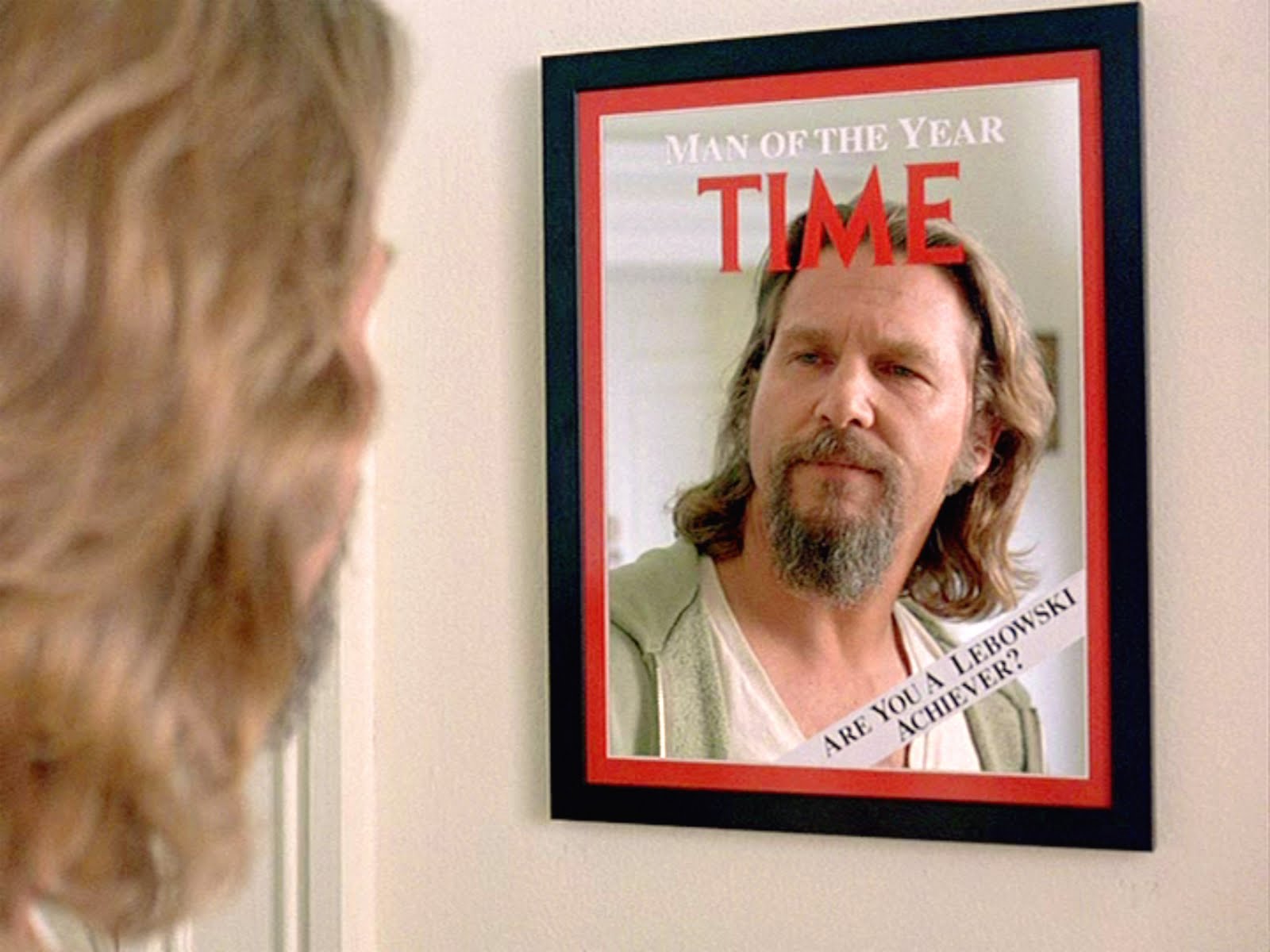
The Dude. His Dudeness. Duder. El Duderino. Whatever you want to call him, there’s no denying that he is one of the most entertaining characters in cinematic history. In this tale of mistaken identity, the Coen brothers combine elements of the Western and film noir, and place it into an almost mythical version of modern America.
Jeff Bridges delivers one of his greatest performances as the White Russian-drinking slacker, and is joined by a slew of equally talented actors, including Steve Buscemi, John Tuturro, and Philip Seymour Hoffman.
In any other film, each performance could have stolen the spotlight, but the Coen brothers managed to balance them in such a way that they were all able to shine without stepping on each other’s toes. The best part is that this film never needed to find its niche. It knows exactly what it’s trying to be, and succeeds with flying colors.
Films by the Coen brothers haven’t always been the most accessible to the wider movie-going audience. This has been noted in some of the more negative reviews of The Big Lebowski, but it’s still uncertain whether it had anything to do with the film’s difficulties in the box office.
Peter Stormare once claimed that the studio hadn’t advertised the film enough, which (as seen earlier in this list) could be a factor. Whatever the reason, The Big Lebowski was considered a failure, earning just over its $15 million budget.